Table of contents
What is an offer?
The definition seemed obvious to me until we got down to it. Indeed, not to mention the macro-economic vision of supply and demand, the notion of supply is multifaceted. While for the supply director, it’s a question of managing the challenges of design, range, supply, and sometimes even marketing, for the product director, supply has a more restricted scope, often limited to the products under their responsibility.
It’s in this context that we’re particularly interested. Once the product offering has been defined, the next step is to highlight one or more products in a media outlet through a publication channel. Giving these offers a presence on different channels requires the implementation of one or more workflows to manage design, manufacture, validation, and finally publication on various media.
Given that the scripting of offers contributes to the development of sales, the proper sequencing and monitoring of these different stages are major challenges.
Communication to reveal needs
Each publication channel will create needs and reveal potential gaps in the company’s assets.
Starting with the needs of the target medium, we propose to pull the thread back to the source of the information to be published. This involves identifying and verifying the presence or absence of useful components in the context before launching collection and production operations:
- In the design phase, instantaneous reports are automatically generated and presented in highly graphic form, allowing you to monitor the progress of product ranges (read our article on collection overviews ).
- Where are the technical specifications of the products presented? Are they up to date in a PIM (Product Information Management)? Read also How does print accelerate the implementation of your PIM/MDM? ).
- Has the marketing text for a given product been drafted and validated, including by the legal department? Are translations ready? Where do the prices come from, and how can we make sure they’re up to date?
- Has the visual for the red version of the main model been shot, and if not, has the product been sent to the photo studio?
- What about objects such as mood images to be produced specifically to present the offer in a unique way in a given media?
- Has the agency received the elements it needs to produce the video to be published on social networks?
With its Simple MOM, Simple DAM and Simple Brief applications, Simple Workspace provides support for:
- Actions are tracked using a goal-oriented workflow converging on a target date: to produce a printed catalog, all elements must be retrieved by such and such a date. The printer doesn’t wait!
- For example, when it comes to supplying a merchant site with products that have reached a certain level of completeness in order to optimize sales (for example, a product can be marketed even if certain visuals are not available), actions are carried out in a more or less automated way, as the elements are received. It should be noted that it is up to the e-tailer to define the validation criteria.
Although Simple Workspace has traditionally been used to monitor the production of the media it helps to create using InDesign Server, the solution is increasingly being used to support all types of collaborative production.
:
If you, too, would like to optimize your workflow and the production follow-up of your offers, don’t hesitate to contact us . We’d be delighted to talk to you!

R. Loubéjac
Cofounder of J2S










